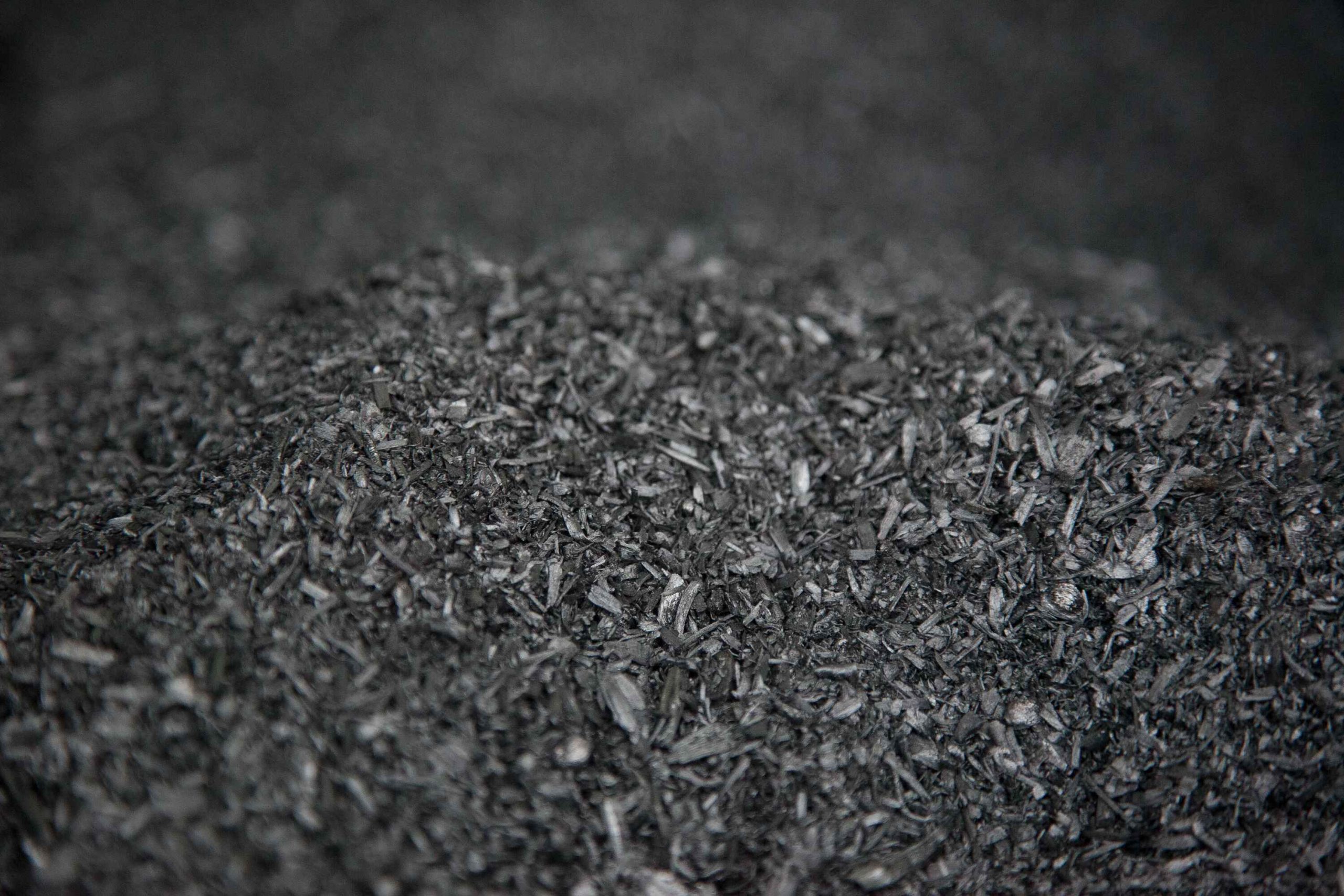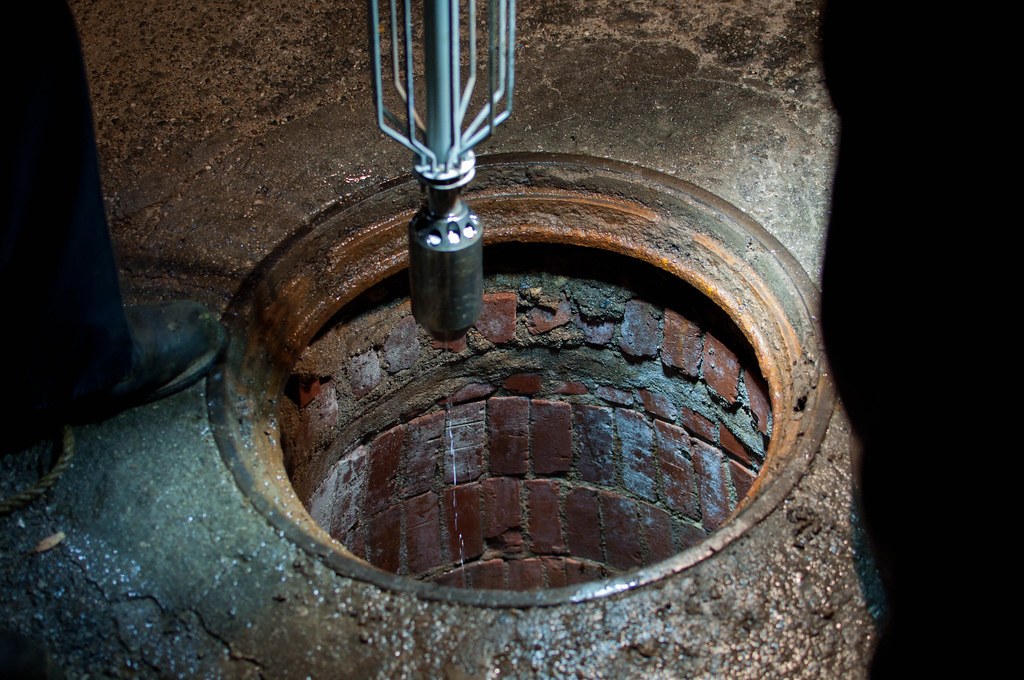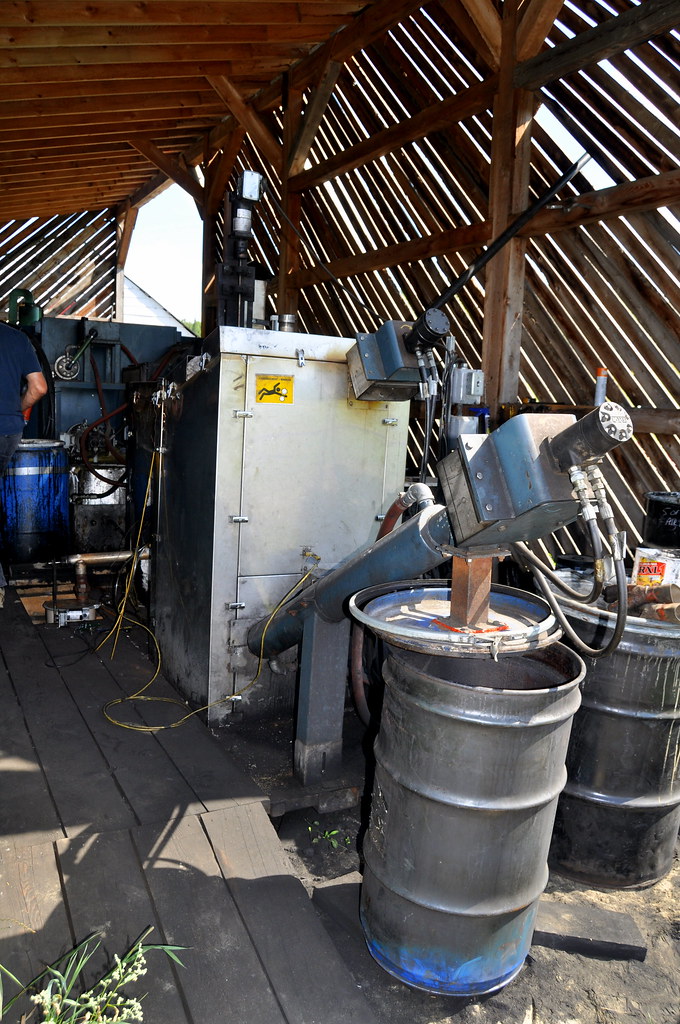Unlocking Scalable Solutions: Lessons from Electrox’s Journey in Indian Wastewater Management
India’s mounting water pollution crisis demands not just innovation, but implementation strategies that bridge the gap between laboratory breakthroughs and real-world impact. The Electrox wastewater treatment technology, developed by Indian entrepreneurs Amrit Nayak and Krunal Patel, exemplifies how indigenous innovation can address acute environmental challenges at scale. With only 28% of India’s daily 72,368 million litres of sewage currently treated, the stakes are high for solutions that are efficient, adaptable, and accessible. Electrox’s rapid, chemical-free electrolysis process—capable of treating millions of litres daily—offers a compelling case study in translating scientific promise into operational reality. This section unpacks the critical factors shaping its adoption, drawing on Indian policy frameworks, industry experiences, and global parallels.
Infrastructure Compatibility and Industrial Integration
A key insight from Electrox’s deployment is its alignment with the spatial and operational realities of Indian industry. Traditional effluent treatment plants (ETPs) often require extensive land and complex infrastructure, posing barriers for space-constrained urban factories and small-scale units. Electrox’s compact, plug-and-play reactor—requiring just 50 sq. ft.—addresses these constraints head-on. Its rapid treatment cycle (sewage in 40 seconds, pharmaceutical waste in 240 seconds) enables high-throughput industries, such as pharmaceuticals and textiles, to maintain productivity while meeting environmental norms.
Real-world adoption by Tata Chemicals in Gujarat’s Vapi region and Aditya Birla Group facilities demonstrates the technology’s adaptability across sectors. These pilots have generated operational data on water recovery (up to 99%), solid waste reduction (9,000 tonnes), and greenhouse gas abatement (1,800 tonnes), informing broader industry uptake.
Cost-Effectiveness and Policy Incentives
While upfront capital costs remain a concern—especially for small and medium enterprises (SMEs)—the long-term savings from water reuse, reduced chemical inputs, and lower sludge disposal are significant. The plug-and-play design minimizes installation and operational expenses, making it attractive for industries with limited technical capacity. Indian policy instruments, such as subsidies under the National Mission for Clean Ganga (Namami Gange) and tax incentives for Zero Liquid Discharge (ZLD) compliance, can further lower adoption barriers.
For example, the Maharashtra Pollution Control Board (MPCB) has piloted financial incentives for industries adopting advanced treatment systems in water-stressed districts. These models, if scaled nationally, could accelerate SME participation—a sector that accounts for a substantial share of industrial pollution but often lacks resources for compliance.
Capacity Building and Digital Integration
Successful technology adoption hinges on more than hardware; it requires skilled operators, robust monitoring, and adaptive management. Indian experts, such as Dr. R. K. Singh of NEERI, stress the importance of integrating digital monitoring systems with electrochemical reactors to ensure regulatory compliance and optimize performance. Training programs, like those advocated by the Indian Water Works Association (IWWA), are essential for building operator capacity, especially in decentralized and rural settings.
The Digital India initiative offers a framework for remote monitoring and data-driven management, enabling real-time oversight even in resource-constrained environments. Startups like ClearTrace are piloting sensor-integrated systems that automate process control, further enhancing reliability and transparency.
Regulatory Evolution and Industry Partnerships
Institutional adoption by conglomerates such as Tata and Aditya Birla not only validates Electrox’s technical viability but also creates pathways for policy mainstreaming. Data from these pilots inform regulatory bodies like CPCB and state pollution control boards, supporting evidence-based revisions to effluent treatment norms. The integration of advanced technologies into the regulatory framework—potentially through mandatory adoption in high-pollution sectors—can drive sector-wide transformation.
Public-private partnerships (PPPs) and government-led demonstration projects are critical for de-risking adoption and showcasing cost-benefit outcomes.
Global Parallels and Local Adaptation
India’s experience with Electrox resonates with international trends. Singapore’s NEWater initiative and Germany’s modular ETPs illustrate the value of compact, chemical-free systems for urban and industrial water management. However, Electrox’s unique advantage lies in its simplicity and rapid processing, tailored for India’s diverse industrial landscape.
Indian policymakers can draw on these global models while adapting to local socio-economic and regulatory contexts, ensuring that technology adoption is both inclusive and sustainable.
—
By synthesizing operational lessons, policy levers, and stakeholder perspectives, India can accelerate the mainstreaming of electrochemical wastewater treatment technologies like Electrox—transforming water management from crisis response to long-term resilience.













